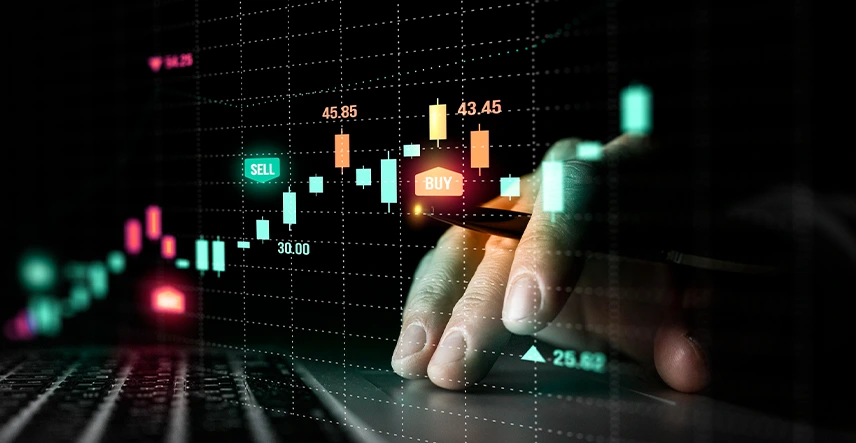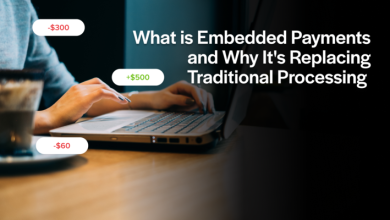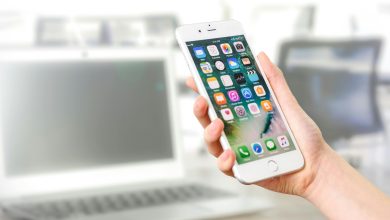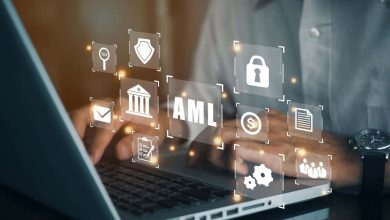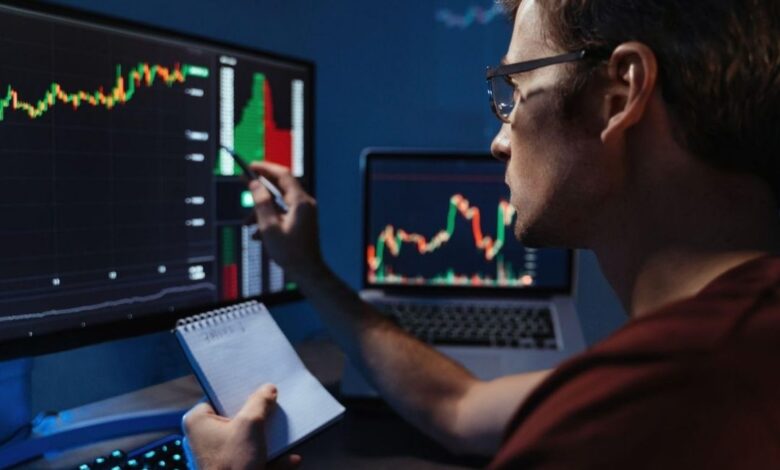
There’s an increase in artificial intelligence (AI) applications in the financial sector. From automating processes to preventing fraud, AI tools enhance how traders and investors explore markets. Explore an exciting use of AI in this guide to automating backtesting in the forex market; learn how backtesting works and how AI enhances the automated backtesting process for improved trading outcomes.
What is Backtesting
Backtesting means testing a strategy, predictive model, or ideas on historical data. In forex trading, it means testing a strategy, indicator, or analysis on previous market data to determine accuracy and precision. Backtesting is crucial to successful forex trading as it helps traders gain deeper insights into their strategies’ limitations and potential.
Backtesting works based on the theory that historical price action will likely repeat itself. The significant advantage of backtesting is that it offers traders a risk-free method to determine the accuracy of a strategy while enjoying the flexibility of testing under various conditions, taking external and internal market factors into account, and even modeling future market conditions.
Traders typically measure the net return, profit/loss, volatility, and market exposure and determine the best trading sessions for the strategies.
How to Backtest in the Forex Market
There are two ways to backtest in the forex market: manual and automated. Each method involves historical data, and the main difference is how traders apply their strategies and tools.
Manual Backtesting
Manual backtesting relies on a candle-by-candle analysis where traders scroll back on historical data to find trading setups based on the strategy. In manual backtesting, the trader applies the necessary indicators and selects the specific period, such as any of the four trading sessions (New York, Sydney, Tokyo, London).
The trader then marks out the critical price levels for that period and, once the trading setup is identified, notes the entry and exit details, such as the time, date, entry and exit prices, and stop losses. It is best to record the results/information using a spreadsheet. This helps traders track the process’s efficiency and make informed decisions.
The three steps for manual backtesting are:
- Open/load the specific candlestick chart to a preferred trading session and timeframe. Apply any indicator and drawings, focusing on one pair at a time.
- Scroll through the charts for a trading setup that aligns with the strategy.
- Note the entry price, the potential returns, and other necessary information.
The drawdown to manual backtesting requires discipline and time, especially when backtesting over more extensive data sets. Reviewing candlesticks to find trading setups that meet the criteria may take hours. Most trading platforms allow manual backtesting using a tool that allows traders to play, pause, rewind, and forward the backtesting at any point. This isn’t automated but manually controlled.
Example of Manual Backtesting
If a trader wants to backtest a trend breakout strategy on the GBP/USD pair, the trader will select a timeframe, such as the 4-H, and then mark out the upward and downward trends. The trader will then find trends where the price broke out and reversed and write the entry price and other information.
The trader may also repeat the process for different timeframes and sessions and may check the economic calendar for that period to determine the impact of news like the US employment figures on the strategy.
Automated Backtesting
In automated backtesting, traders use computer algorithms (programs, EAs, robots) for backtesting. These algorithms are coded using the broker/trading platform’s proprietary programming language, such as MQL5. Most trading platforms allow traders to customize robots.
The basic requirements for automated backtesting are a manual strategy, a trading robot, and instructions. This method automates the manual method, allowing traders to backtest large data sets quickly with the least manual input. The steps for automated backtesting are as follows:
- Code or customize a trading robot using the manual strategy.
- Provide instructions for the robot to execute the strategy and return specific information.
- Load the robot on the trading platform and begin backtesting.
- Analyze results and adjust the strategy to optimize results.
Manual vs. Automated Backtesting
Manual backtesting allows traders to gain deeper insights into the forex market. This is because traders see how their strategies would have played out in real time. The method also allows greater flexibility, real-time adjustments, and customization so that traders can incorporate their trading personality or style into their strategy.
Automated backtesting offers an objective way to test markets. The algorithm executes instructions without human bias, speed and accuracy with large data sets, and parallel testing, which allows traders to compare performance on various timeframes efficiently.
How To Use AI for Backtesting
AI relies on machine learning, data processing, and deep learning to enhance the backtesting process. Deploying AI for backtesting offers speed, performance evaluation, intuitive parameter tuning, strategy design, and optimization. Integrating AI is simple; traders only need to select the right AI tool and backtesting platform.
- Traders ensure the data for backtesting is clean and usable.
- Traders define parameters and instructions for the AI tool and begin the backtesting.
- The tool analyzes markets and results, providing information on areas to optimize.
Integrating AI for Backtesting
AI tools are significantly different from algorithmic trading tools in natural learning. AI tools learn from experience and modify the strategy on the go, providing traders with insights into adaptive strategies for various market scenarios. AI is also being used to model markets and gain insights into the potential impacts of events.



